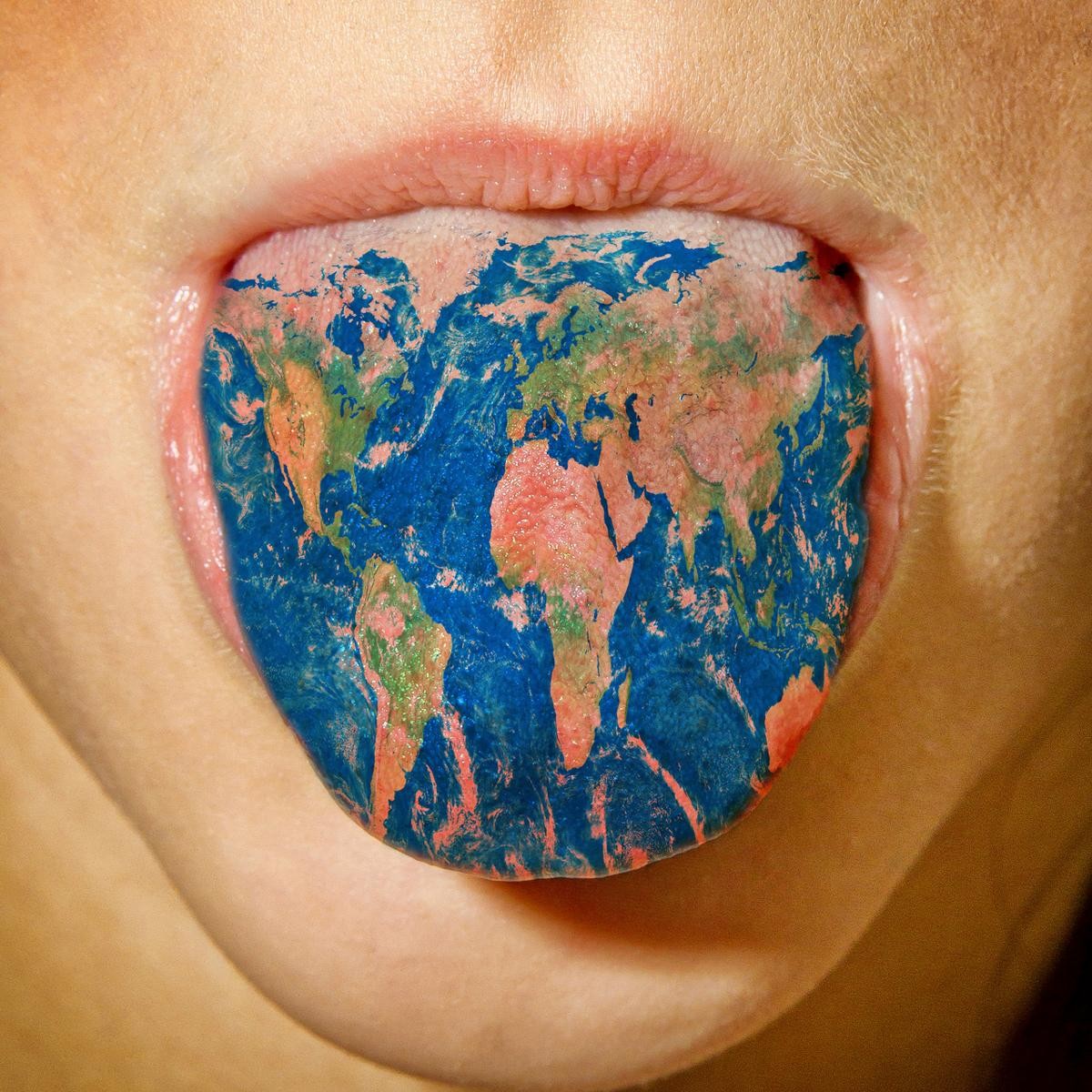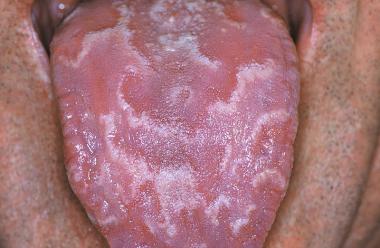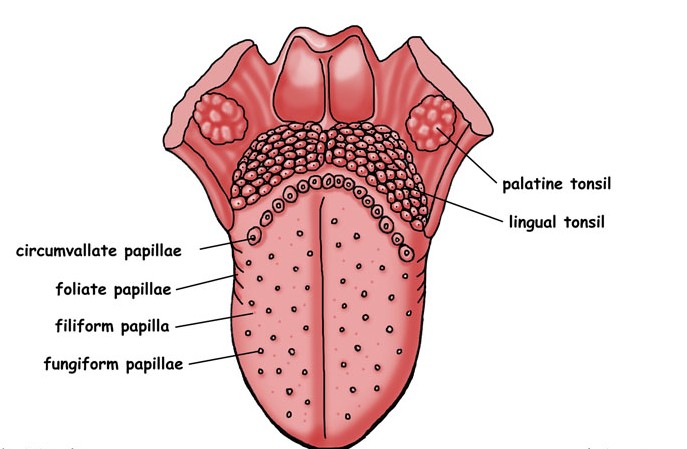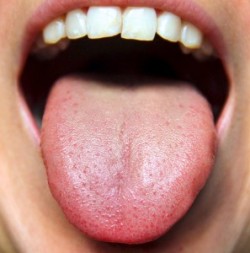We know geographic tongue sounds like something out of a Jurassic Park movie, but it's definitely not something prehistoric! Geographic tongue is a common condition that is characterized by harmless patches on the surface of the tongue. It effects about 5-10% of the population. Geographic tongue is benign and not related to oral cancer or other oral pathologies. Geographic tongue can occur at any age and it may come and go. More women than men experience geographic tongue.
Signs and Symptoms:
- Red/pink/white patches on the tongue that change often, sometimes even daily
- Sometimes the patches have a map-like appearance, hence the term "geographic"
- Soreness or burning, most often with acidic and spicy food
The top of the tongue is covered by little bumps called papillae. There are four types of papillae, three of which contain taste buds. Typically these papillae evenly cover the tongue's surface. In people with geographic tongue, there are areas where papillae are temporarily lost. When the papillae are lost, smooth patches of the tongue's surface are exposed.
The mouth has incredibly fast and efficient healing abilities. Most oral tissues heal faster than any other cells in your body. The exposed patches of the tongue's surface heal quickly and papillae regrow to cover areas where they were lost.
Causes:
The cause of geographic tongue is unknown. It seems to run in families and it is definitely agrivated by acidic food and drinks. There has been some speculation that it is related to B vitamin deficines or psoriasis, though a definitive link has not been proven.
Treatment/Management:
- Avoid spicy or acidic foods if they bother you
- Weak warm salt water rinses can be soothing
- Some studies show that taking a B-complex and/or zinc supplement may be beneficial
- Most cases of geographic tongue show no symptoms at all. If your tongue isn't bothering you, there is no treatment needed




